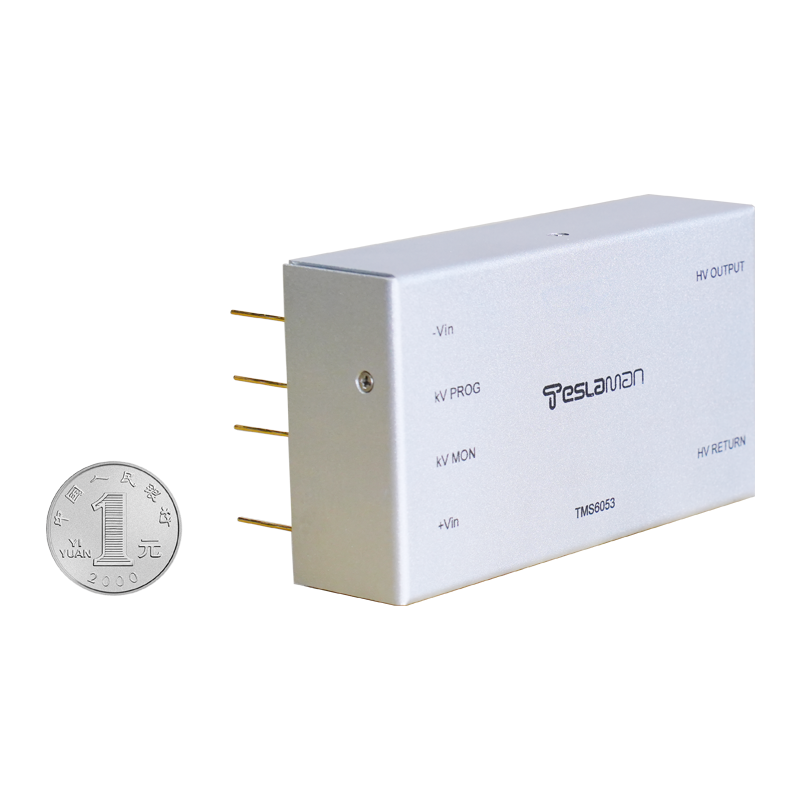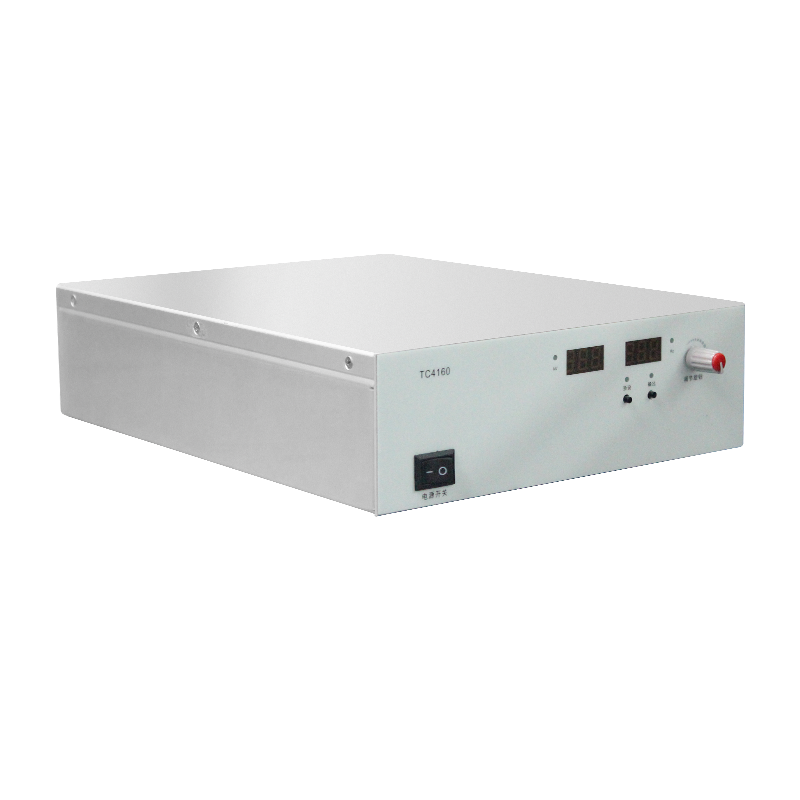Electrostatic Chuck High-Voltage Power Supply Resonance Suppression Technology: Principles and Innovative Solutions
In semiconductor manufacturing, electrostatic chucks (ESCs) are core fixtures for critical processes such as wafer etching and deposition, where stability directly determines process precision. The high-voltage power supply, as the energy source for ESCs, must provide DC voltages above ±5 kV to generate electrostatic forces (Johnson-Rahbek effect) for securing 300 mm wafers. However, the complex system formed by the high-voltage power supply, chuck electrodes, plasma loads, and filter circuits is prone to resonance, causing voltage fluctuations, wafer displacement, and even equipment damage. Resonance suppression technology has thus become a critical breakthrough for improving semiconductor yield.
Resonance Mechanisms and Impacts
Resonance in ESC systems is primarily triggered by three coupled factors:
1. Circuit Parameter Nonlinearity: The DC voltage output by the high-voltage power supply requires LCL filters to eliminate high-frequency noise. However, interactions between inductance (L) and capacitance (C) in LCL topologies easily create resonance points at specific frequencies. For example, when the power carrier frequency (typically kHz-level) overlaps with the LCL's natural frequency, current oscillation is excited, increasing output voltage ripple.
2. Dynamic Load Disturbances: In plasma processes, abrupt changes in gas ionization states cause load impedance fluctuations exceeding 300%, triggering instantaneous overloads in the power supply and amplifying resonance amplitudes.
3. Multi-Physical Field Coupling: Joule heating from electrostatic adsorption interacts with contact thermal resistance (20-30% variability) at the wafer-chuck interface, forming a thermal-electric feedback loop that exacerbates resonance frequency drift.
Such resonance directly impacts process stability: local wafer temperature drift (>5°C), unstable adsorption force (±3% deviation), and degraded etch linewidth uniformity (CDU >0.8 nm).
Core Resonance Suppression Technologies
To address these challenges, breakthroughs focus on circuit topology optimization, control algorithm upgrades, and material innovation:
1. High-Frequency Sampling & Dynamic Modulation
• Multi-Pulse Sampling Control: Perform N equally spaced current/voltage samplings (N≥5) within a single triangular carrier cycle. Real-time coordinate transformation (3s/2r) generates direct-axis components (id/iq). Combined with model predictive control (MPC), resonance trends are predicted 300 ms ahead, dynamically adjusting PWM signals to suppress resonance energy within millisecond response times.
• Virtual Resistance Damping: Embed virtual impedance models in digital control loops to replace physical damping resistors, avoiding energy losses in passive damping. Experiments show this attenuates LCL resonance peaks by >40 dB while improving system efficiency by 5%.
2. Composite Electrode Structures & Field Synergy Design
• Honeycomb Electrode Array: A master-sub electrode layered design employs master electrodes (200 μm diameter) for electrostatic adsorption and sub-electrodes (50 μm diameter) with thermosensitive materials for local temperature compensation. When hotspots from resonance are detected, sub-electrodes autonomously adjust local electric fields, achieving thermal uniformity (±0.08°C).
• Gradient Dielectric Layer: A high-thermal-conductivity aluminum nitride surface layer (κ=180 W/mK) rapidly dissipates Joule heat, while a high-dielectric silicon nitride base (ε_r=7.5) blocks electric field penetration, reducing electro-thermal coupling disturbances.
3. Quantum Sensing & Intelligent Feedback Systems
• Nanoscale Temperature Monitoring: Diamond nitrogen-vacancy (NV) center sensors achieve 1 μm spatial resolution and 0.01°C/√Hz temperature sensitivity, with 100× greater plasma interference resistance than traditional RTD sensors.
• CNN Thermal Field Reconstruction: Convolutional neural networks (CNN) trained on thermal distribution images dynamically map wafer surface temperatures. Closed-loop control compensates for >95% of thermal distortion, reducing etch rate variability to ±0.7%.
Future Technology Trends
Resonance suppression is evolving toward multi-scale integration:
• Biomimetic Thermal Management: Anisotropic thermal materials mimicking biological structures (e.g., polar bear fur) achieve axial/radial thermal conductivity ratios >100.
• Phonon-Photon Regulation: Surface plasmon polaritons (SPP) enable directional heat transmission, while phonon engineering suppresses lattice vibration losses, theoretically improving thermal conductivity 10-fold.
• Digital Twin Platforms: Multi-physics virtual prototypes of ESC systems simulate resonance risks in real time, shortening process development cycles by 80%.
Conclusion
Resonance suppression technology acts as a safety valve for high-voltage power supplies in advanced semiconductor equipment. Through circuit-material-algorithm co-innovation, next-generation solutions not only resolve wafer adsorption stability but also push etch precision into the sub-nanometer era. With quantum sensing and AI integration, ESC systems will advance toward zero-resonance and zero-thermal-distortion targets.




















